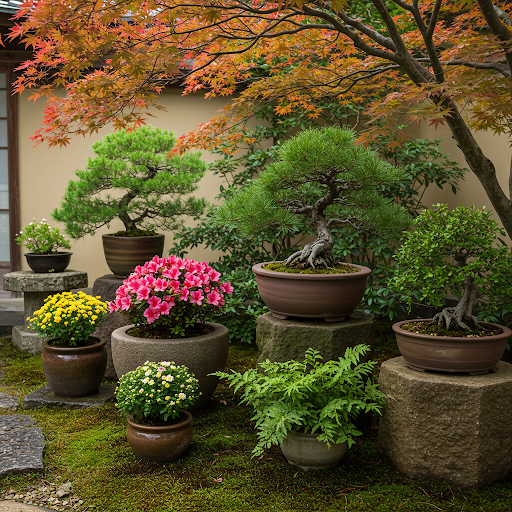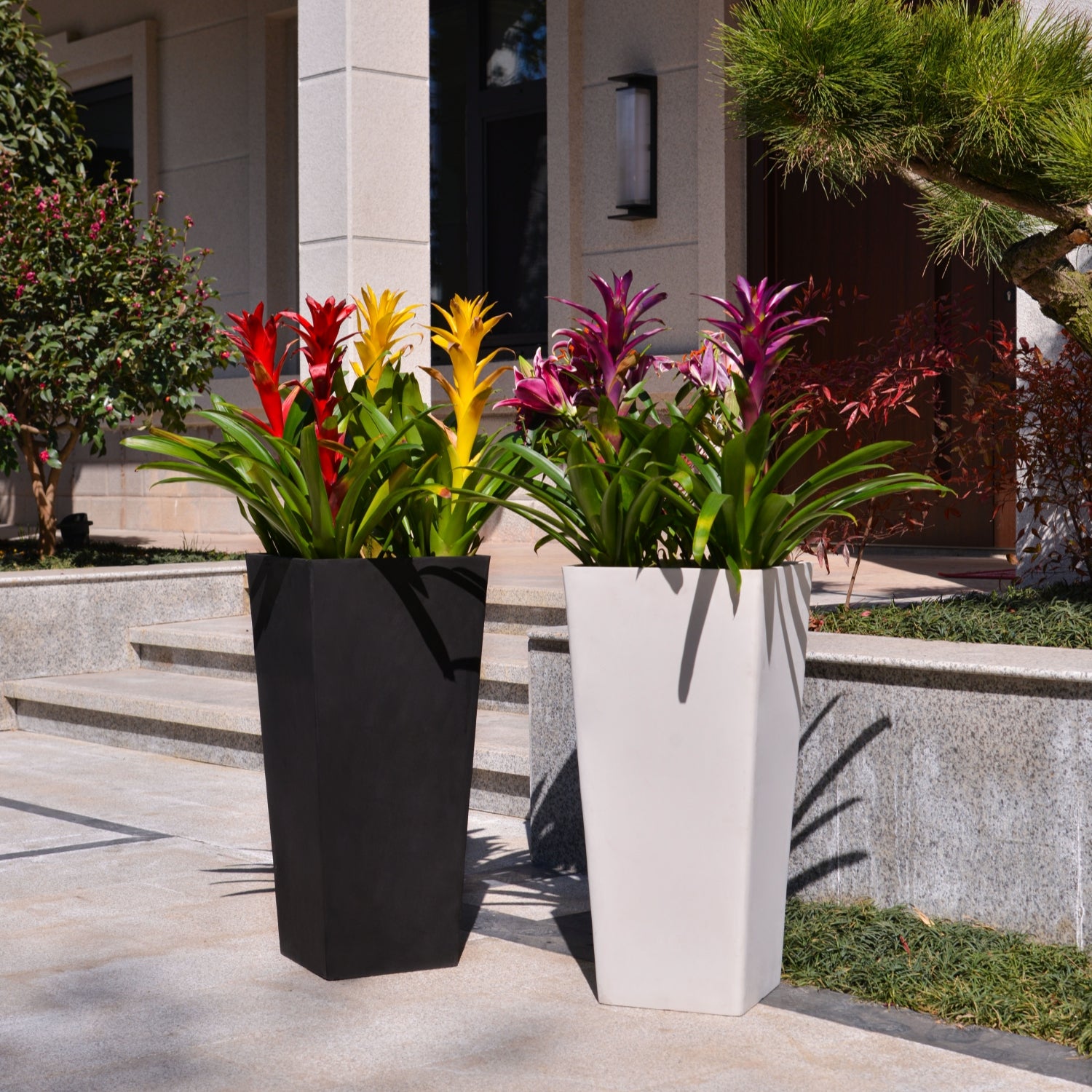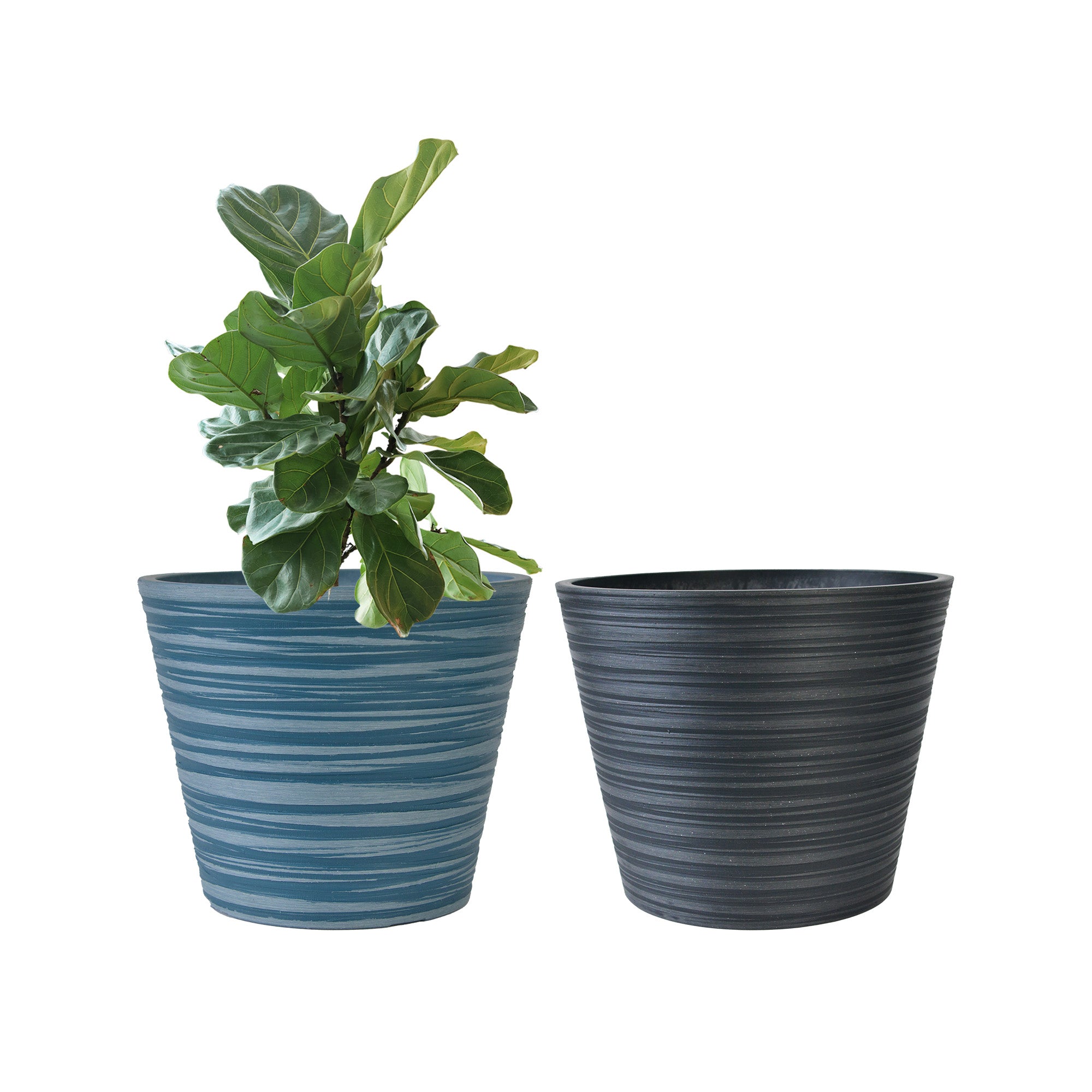Creating a Classic English Garden in New York: Charm and Elegance for Your Backyard
Among the many garden design styles popular in the United States, the English garden holds a special place in the hearts of homeowners. Known for its sophisticated yet natural beauty, the English garden is often considered a pinnacle of landscape design. While its origins are rooted in British landscapes, it has garnered a significant following globally, and is particularly beloved by homeowners in New York.
Do you dream of an English garden gracing your property? Do you wonder how to infuse your backyard with that timeless British charm? Today, we’ll explore the key features of English gardens that thrive in the New York climate and provide you with a guide on how to design your own classic and elegant English retreat.
Defining the Essence of an English Garden
The English garden style is deeply connected to nature, aiming to create a landscape that feels almost untouched, mimicking the beauty of the natural world. This picturesque approach utilizes naturalistic terrain, water features (if space allows), and an abundance of plants to organize the garden, resulting in a rich and inviting natural ambiance. Unlike more formal garden styles, English gardens tend to have fewer overtly artificial elements, seamlessly blending human design with the inherent beauty of nature. A quintessential element of any English garden is the presence of roses, often symbolizing love and romance, adding a touch of magic even to a quiet afternoon spent reading or enjoying tea in the garden.
Key Design Characteristics of an English Garden in New York
1. Naturalistic Paving:
You won’t typically find large expanses of hard paving in a traditional English garden. Instead, the focus is on creating a “soft” and natural landscape dominated by a rich variety of flowers and foliage. The aim is to allow plants to grow somewhat freely, becoming an integral part of the natural scene. Pathways in an English garden often develop a charming, weathered patina over time, with moss and lichen possibly growing on brickwork. The edges of garden paths are usually softened by an abundance of overflowing flowers and grasses.
2. Irregular Flowerbed Curves:
English garden flowerbeds rarely adhere to rigid geometric shapes. You’ll seldom see perfectly square or rectangular flowerbeds. The emphasis is on avoiding a strong sense of rigid division. Therefore, flowerbeds may not always have formal edging, and if they do, it’s often gently curved rather than sharply angled. Informal groupings of flowers without defined borders are common, with plantings often flowing along winding paths, sometimes even blurring the lines between the path and the flowerbed.
3. Thoughtful Use of Decorative Elements:
English gardens often incorporate charming decorative elements such as sculptures, natural-looking fountains or water features, rustic wooden benches, sundials, bird baths on pedestals, terracotta pots, and stone troughs. Weathered garden ornaments, perhaps inscribed with classic English proverbs, can be placed in unexpected corners, adding a sense of timeless elegance. The overall feeling is one where nature is allowed to take its course, resulting in a garden that feels effortlessly natural.
4. Embracing Nature and Borrowed Views:
English gardens prioritize a natural aesthetic, shunning overly sculpted forms or rigidly manicured flower displays. The beauty lies in the harmonious integration with the surrounding environment. White wrought-iron tables and chairs are classic additions to an English garden. New Yorkers often appreciate how English garden design encourages the blending of the garden with the natural landscape beyond its borders, creating a sense of expansive beauty.
5. Private and Romantic Retreats:
Seating areas within an English garden are often designed with privacy in mind. Whether it’s a solitary reading nook or an outdoor tea table for a few, these spaces are often partially concealed by layers of lush plantings. While French and Italian gardens might emphasize a sense of formal welcome, the English garden champions the freedom and informality of a private sanctuary. The natural screens formed by plants add to the beauty and intrigue of these functional areas.
6. Abundant Plantings and the Art of the Flower Border:
Creating vibrant and layered flower borders is a cornerstone of English garden design. In an English garden, overflowing with blooms is a common sight. The guiding principle is to work with nature, maximizing the beauty of flowers in terms of their shape, color, and fragrance. Plant selections often lean towards flowering varieties, with roses, hydrangeas, irises, geraniums, and poppies being popular choices. Importantly, these gardens don’t require overly meticulous maintenance to maintain their distinctive natural beauty throughout the seasons.
English flower borders are known for their bold and often vibrant color palettes, reminiscent of 17th-century landscape paintings. You’ll often see the use of strikingly colorful blooms as a central theme within the border. This emphasis on floral displays has led to the development of specialized “gardens within gardens,” such as rose gardens, lily gardens, and iris gardens, contributing to the quintessential image of European-style gardens with expansive lawns, solitary trees, and stunning stretches of flower-filled paths.
The Influence of Flower Pots and Plants in Your New York English Garden:
While the ground provides the main canvas for an English garden, flower pots offer additional flexibility and opportunities to enhance the design in a New York setting:
- Terracotta Charm: Classic terracotta pots perfectly complement the rustic and natural feel of an English garden. Use them to display herbs, trailing plants, or even smaller rose bushes on patios or near seating areas.
- Climbing Roses in Containers: Train climbing roses up trellises placed in large containers. This is an excellent way to add vertical interest and romantic blooms to balconies or smaller New York backyards.
- Creating Focal Points: Use decorative planters filled with vibrant annuals to create eye-catching focal points throughout the garden.
- Extending the Season: In New York’s variable climate, potted plants can be moved to sheltered locations during harsh weather, allowing you to enjoy your favorite blooms for a longer period.
- Adding Seasonal Interest: Rotate potted plants with seasonal flowers to ensure your English garden is always bursting with color and life, from spring bulbs to autumn chrysanthemums.

Roses: The Heart of the English Garden:
The rose is the national flower of England, symbolizing romance and a welcoming spirit, representing everything from innocence and purity to passion and enduring love. Roses are a perennial favorite among gardeners, beloved for their inspiring beauty, fragrance, and resilient nature. Consider allowing climbing varieties to ascend and spill over archways or pergolas, capturing the quintessential image of pink roses draping a shady bench in a quiet corner of your New York yard.
By embracing these key characteristics and incorporating the versatile beauty of flower pots and plants, you can successfully design a classic and elegant English garden in your New York home, creating a private and romantic haven to enjoy for years to come.
k2-21G
By greenship|2024-08-13T06:17:26+00:00August 13, 2024|Categories: Hand-carving Series|
Modern Plant Pots with Drainage – Indoor & Outdoor Use (6″ Widths)
By greenship-seo|2025-04-10T06:29:43+00:00February 6, 2025|Categories: Hand-carving Series|Tags: Decorative Flower Pots|
Planter 6 in W / 8 in W / 12 in W Indoor or Outdoor Plants, Modern Decorative Plant Pots with Drainage Hole, Decorative Flower Pots
By greenship-seo|2025-02-06T13:43:53+00:00January 16, 2025|Categories: Hand-carving Series|Tags: Decorative Flower Pots|
GreenShip 27inch Tall Planters for Porch, Large Outdoor Planter Pots with Drainage Hole
By greenship-seo|2025-04-10T06:27:21+00:00April 7, 2025|Categories: Hand-carving Series|Tags: Decorative Flower Pots|
11V
By greenship|2024-08-13T03:05:48+00:00August 13, 2024|Categories: Hand-carving Series|
Planter 5 in W / 8 in W / 12 in W or Indoor Outdoor Plants, Modern Decorative Plant Pots with Drainage Hole, Decorative Flower Pots
By greenship-seo|2025-04-10T06:37:58+00:00January 16, 2025|Categories: Hand-carving Series|Tags: Decorative Flower Pots|







